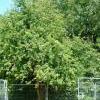35.156 Recurvaria nanella ([Denis & Schiffermüller], 1775)
Status and Distribution
A local, sometimes locally common species of southern parts of England including the more westerly areas of Gloucestershire, Herefordshire and Worcestershire. Rare in Dorset, Somerset, Wales, Cheshire and Lincolnshire but in many of these areas the moth has not been seen for several decades. A record from Yorkshire on the national vice county maps is attributed to Hall-Smith but details are not mentioned in Sutton and Beaumont or Beaumont's Yorkshire books and as such suggests the record may require verification.
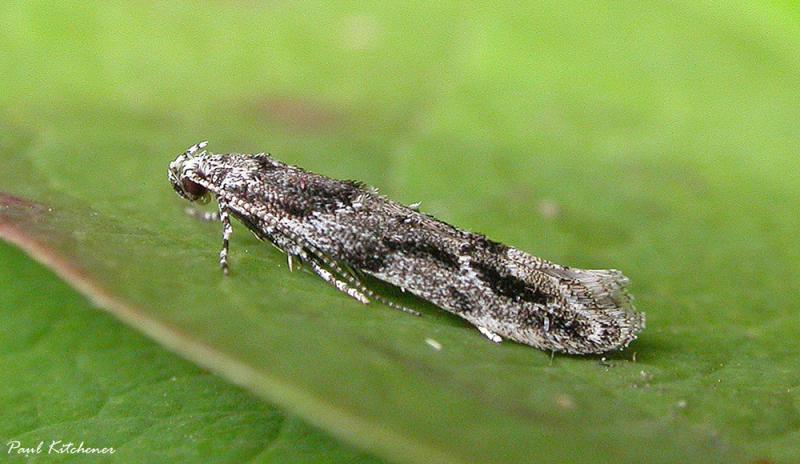
Provisional map
Foodplant and Larval Feeding Signs
Malus spp. (apple), see plant distribution map, Pyrus spp. (pear), Prunus spinosa (blackthorn) and cultivated species of Prunus (plum).
In Europe it has been noted on a wide range of additional plants - Betula (birch), Corylus (hazel), Amelanchier ovalis (snowy mespilus), Chaenomeles, Cotoneaster, Crataegus including C. monogyna (hawthorn) and C. laevigata (midland hawthorn), Cydonia (quince), Malus, including M. domestica (apple), M. sylvestris (crab-apple), M. ringo, Prunus, including P. armeniaca, P. avium (wild cherry), P. cerasus (dwarf cherry), P. mahaleb, P. persica, P. triloba, Pyrus communis (pear), and Sorbus spp.
Mines a leaf and later feeds in a bud, followed by early leaves and blossom.
Finding the Moth
Larva: commences feeding in a leaf mine in late summer; hibernates from November to March; feeds in a leaf- or flower-bud in early spring finally moving onto early blossom and leaves until late May.
Adult: rests on tree-trunks and fences during the day and later comes to light.
Similar Species
The blackish brown basal area with a curved outer edge and the longitudinal black streak in the distal half of the forewing are characteristic for this species.
Single brooded from late June to mid-August, rarely extending in mid-September and with an exceptionally late date of 7th October 2005 (VC18)


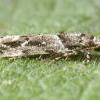
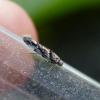
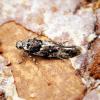

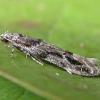
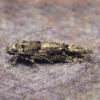
_0.jpeg)
_0.jpeg)
